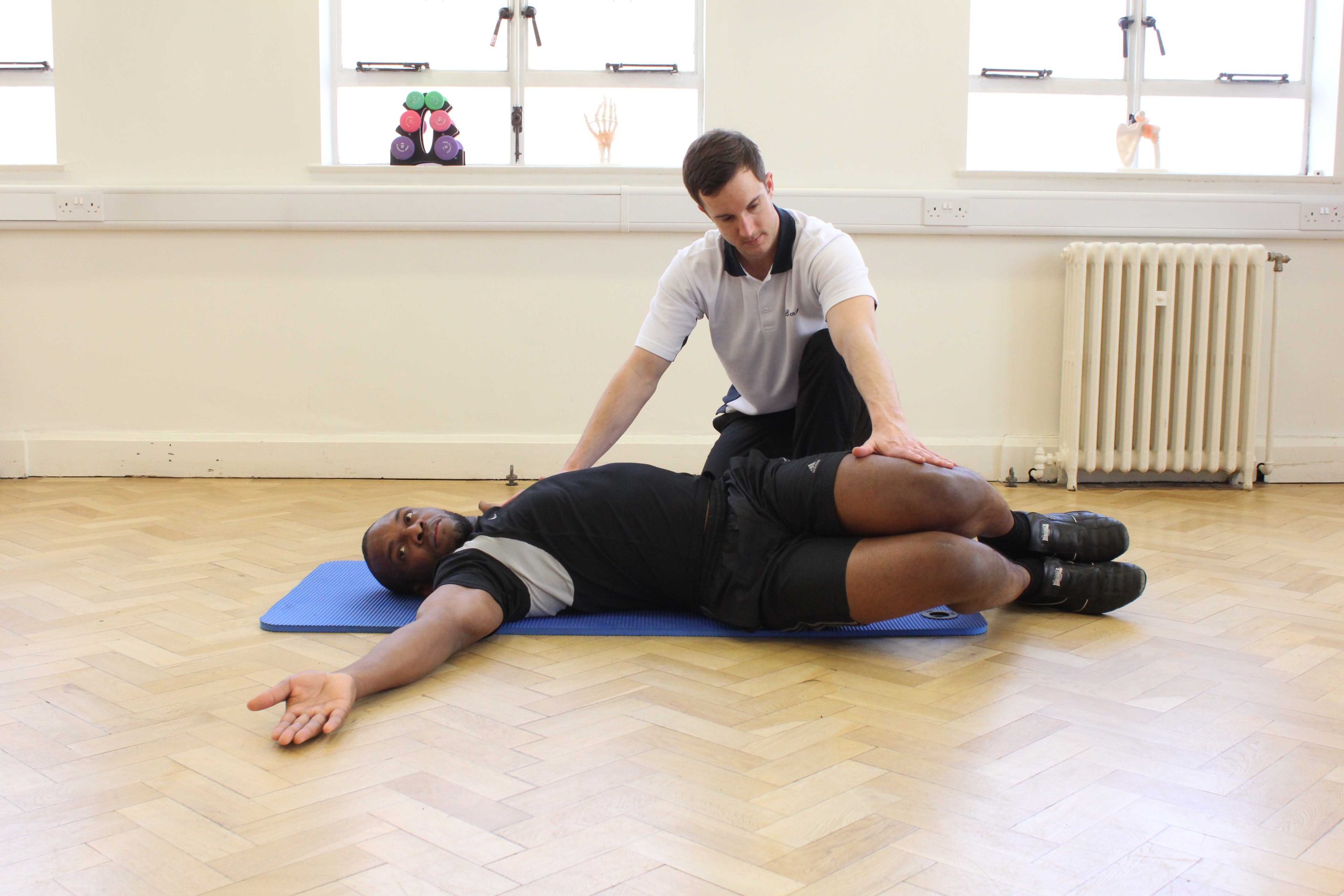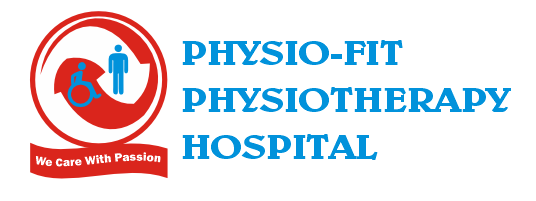
When you have muscle stiffness, your muscles feel tight, and moving about is more difficult than usual. Some potential side effects include muscle aches, cramps, and discomfort. Muscle stiffness and rigidity are not synonymous. When you have these two sensations, your muscles remain tense even when you do not move. Muscle stiffness usually takes time to disappear. Exercise and stretching on a regular basis may bring some relief. Muscle stiffness can sometimes be a sign of something more serious, especially if other symptoms are present. Muscle stiffness may occur in addition to pain, cramping, and discomfort.
What causes muscle stiffness
Muscle stiffness is frequently caused by exercise or other rigorous physical labor.
Stiffness frequently develops after beginning a new exercise program or regimen, or after increasing the duration and intensity of an existing one.
As a result of the greater work required, the muscle fibers incur microscopic damage, which manifests as stiffness or soreness. This type of injury is sometimes referred to as delayed onset muscular soreness (DOMS).
Ways to treat muscles stiffness
- Stretching
Stretching can be crucial for releasing muscle stiffness, but it’s advised to do it slowly and statically toward the end of an activity. Stretching that is done and held for a predetermined amount of time is known as static stretching. Holding a stretch will short-term impair muscle strength while improving muscle length. Injury may result from the stretched muscle losing some of its strength if high-intensity exercises are performed after static stretching.
- Foam Rolling
The foam roll is used for self-massage and can be applied to practically all muscle groups, however, it is most commonly used on lower body muscles. Following a workout, many athletes engage in the self-massage practice of foam rolling. It makes muscle stretching and massage easier. This type of self-massage can help to release trigger points that are tough to reach or stiff muscles. A foam roll can help any muscle, but the quadriceps, gluteal muscles, IT band, hamstrings, and calves are the most commonly used. This type of massage can help muscles repair after a strong weightlifting workout, a long run, or just ordinary tightness.
- Strengthening
Muscle weakening, as previously stated, can induce a sensation of “tightness” in a muscle. Muscle tension can be alleviated by improving muscular balance and strength. By strengthening the surrounding muscles as well as the problematic muscle, you can achieve muscular balance and reduce stiffness in the affected muscle.
- Maintaining Hydration
Drinking plenty of water will help drain toxins from your body and avoid dehydration, which can exacerbate muscle aches. While there is no universal agreement on how much water you should drink, a good starting point is 1/2 your body weight in ounces per day.
Contact a physical therapist.
Always pay attention to your body if your muscles begin to hurt when exercising. To avoid muscle injuries, you should also gradually into new hobbies. If the pain persists, please contact one of our physical therapy locations to schedule a free appointment with one of our therapists. We’ll conduct a consultation, discuss any questions or concerns, and make treatment recommendations to alleviate your tense muscles.





